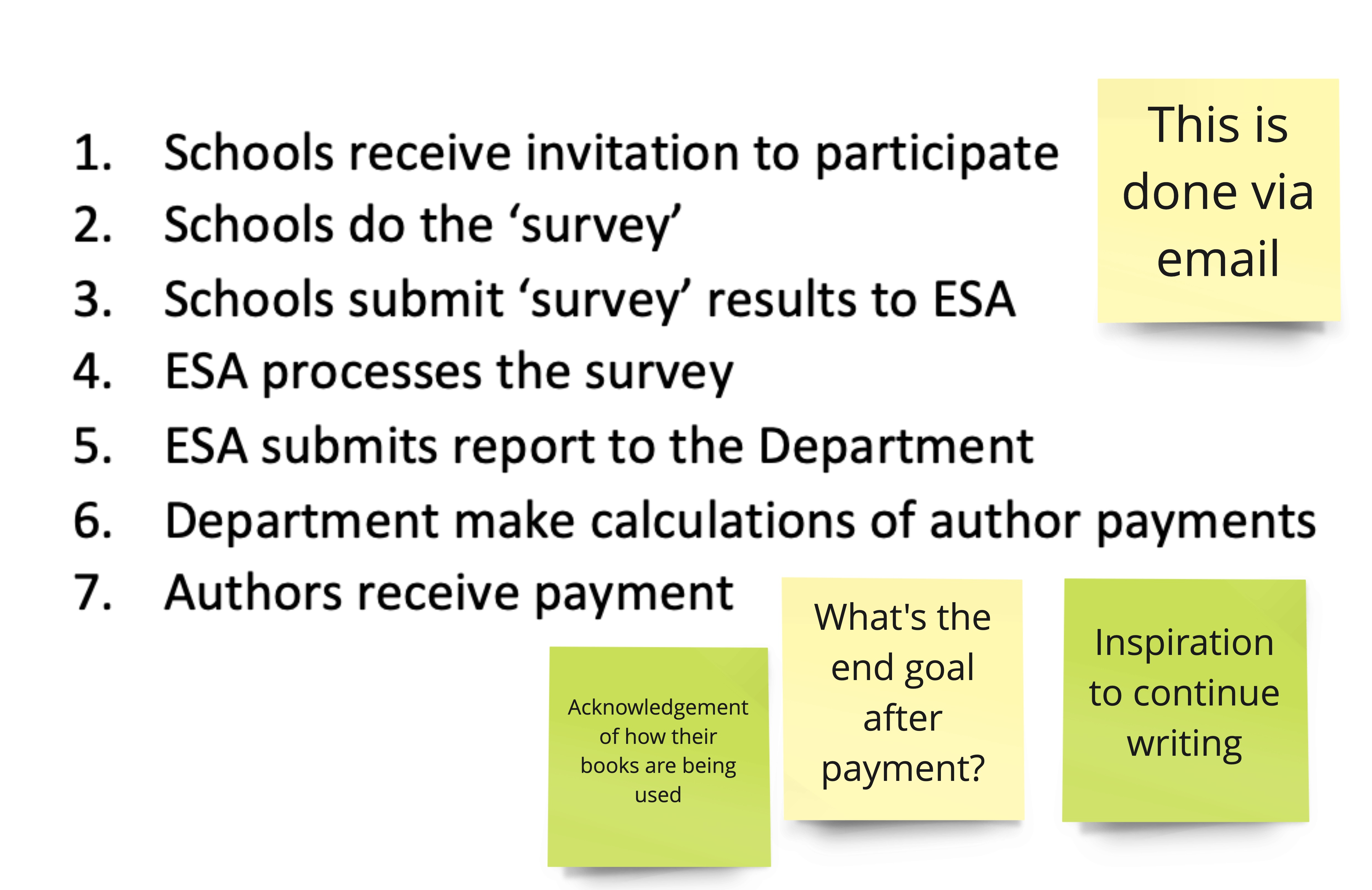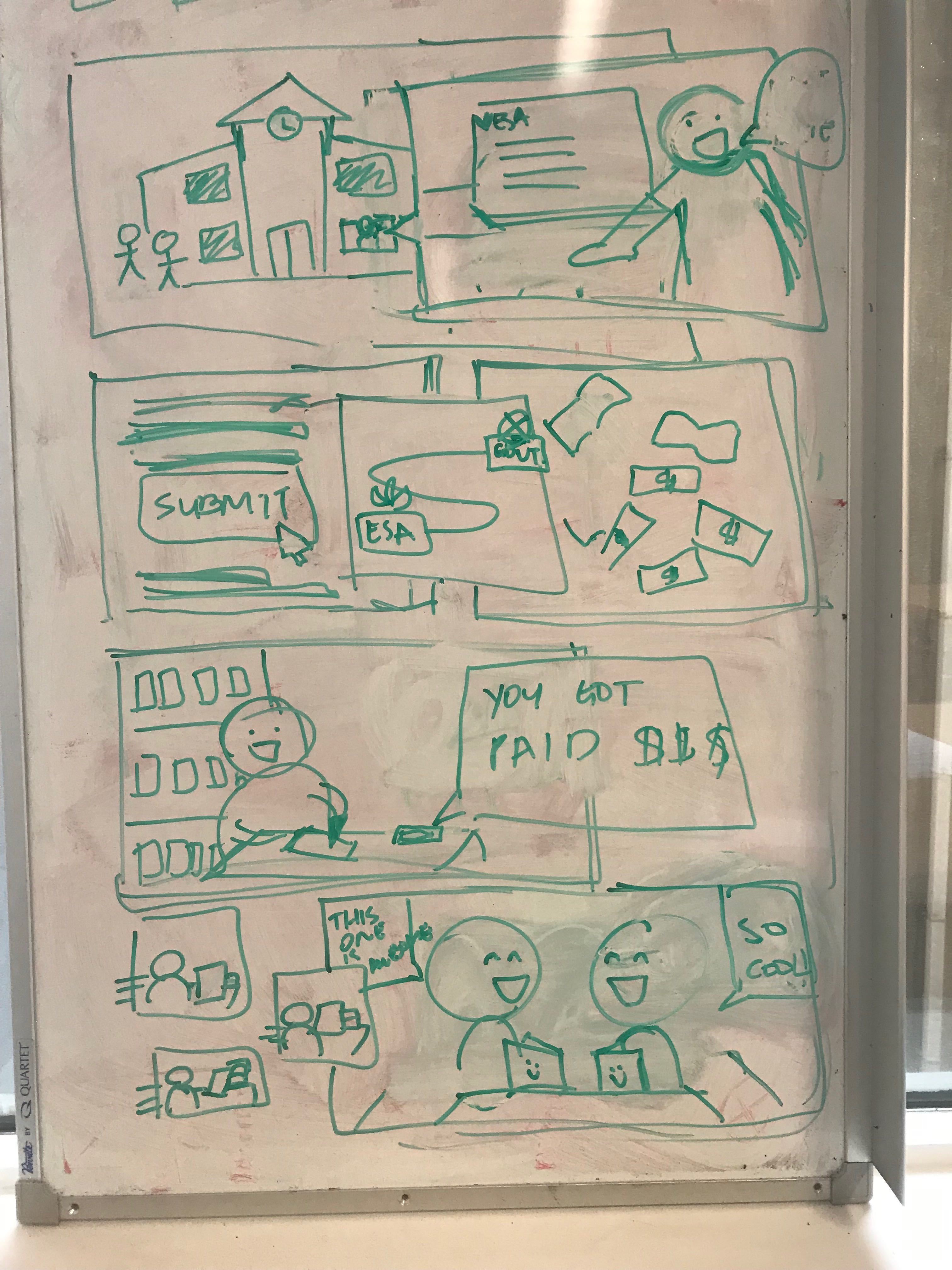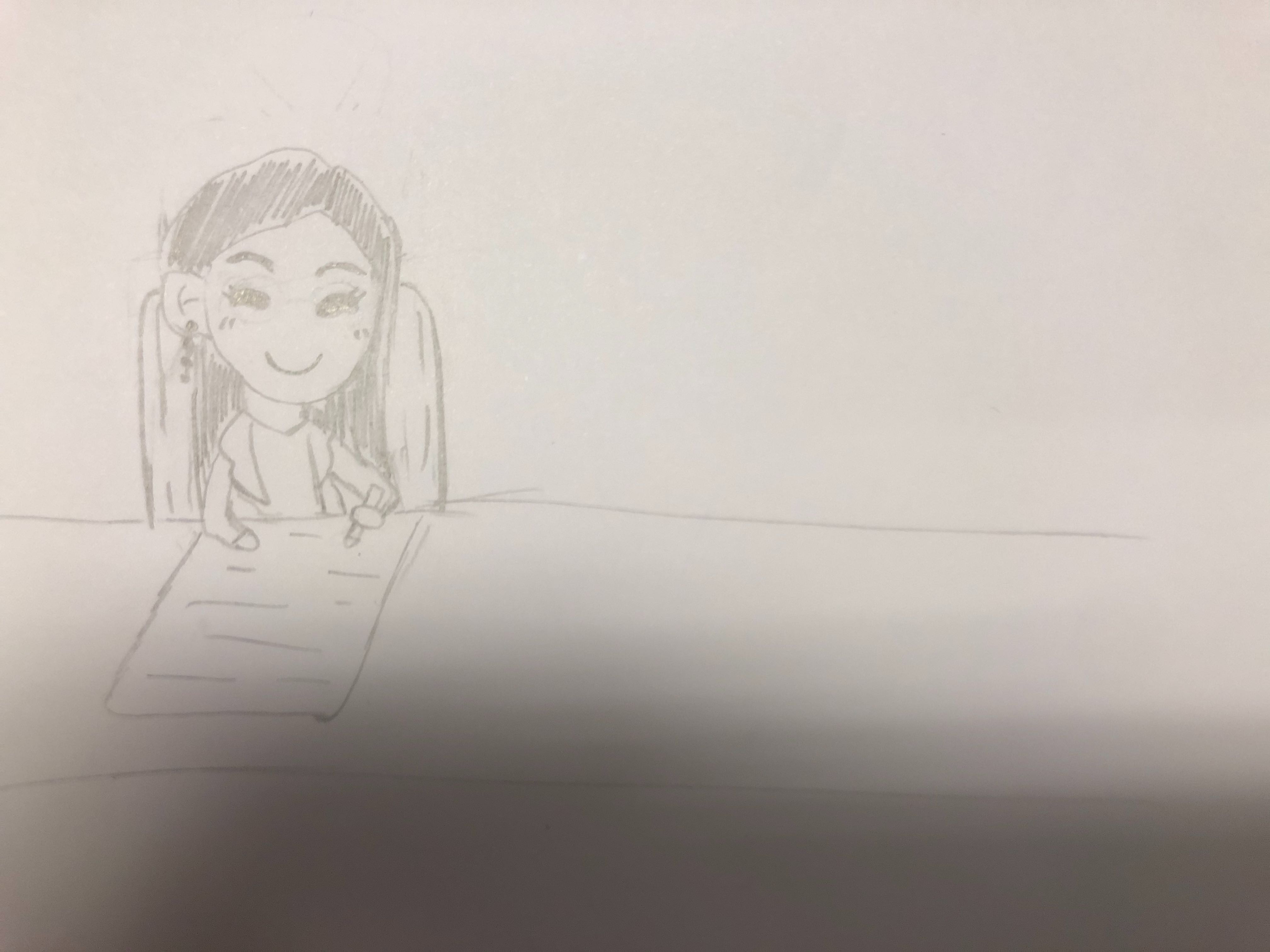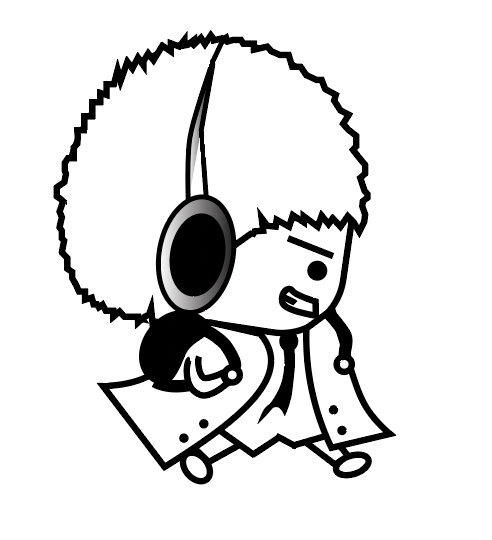Our whiteboarding session, making sure the story fit an A4 page
Process visualisation
Design / Illustration
Role
Lead Designer, ESA
Storyboarding, Illustration, Art Direction
Duration: 2 weeks
Team
1 Designer
1 Artist
Client
Educational Lending Rights (ELR) program by the Australian Government
Audience: Schools and book creators
Overview
The Educational Lending Right (ELR) is an Australian government program that sees Australian book creators compensated for the loss of having their books held in educational libraries. Each year, the Department of Communications and the Arts commissions ESA to run the ELR School Library Survey to obtain a national aggregate result that they can then use to calculate the payments to Australian book creators.
To encourage participation, a marketing strategy for the survey is also carried out. One component of this is the inclusion of an article on ELR in the termly magazine, Connections, which is published by SCIS. This magazine is available both in print and online, and the printed version is mailed to all schools in Australia. As part of this article, ELR commissioned ESA to illustrate this process.
My main role as lead designer was to plan and develop the storyboard, as well as ensure the art direction was consistent with the business needs. Alongside the artist, I refined the final output through shading and patterns to produce a professional illustration.
Design challenges
Letting creativity shine in a meaningful way
As the output was to be part of a marketing strategy, it could be fun, and there was no style guide provided which allowed me freedom. However, it is important not to get carried away. Keeping the target audience in mind are schools and authors, what is created must appeal to them and the illustration should enable them to carry out the process efficiently and set the correct expectations.
Images are worth a thousand words, connecting them is worth a story
Breaking down the process into a story with a beginning, middle and end makes it easy to follow. This has been tried and tested through comic books, and our main inspiration for the final output.
Design process
In all things design, whether its creating an illustration or designing an entire application, the design thinking process is typically the same - starting from understanding the brief, creating storyboards to visual treatment and refinement.
Brief
The first step in the design process is always understanding the brief. By talking with the stakeholder, they helped me understand the who, what, where and when for each step of the process. This became the starting point for a comic strip.

Storyboard
Since I had built on the brief and created a story with a more inspiring ending, it was time to visualise the brief. I ran a whiteboard session with the artist to workshop how the story could be made relatable to our end-users, authors. The brief was kept in mind so all meaning was conveyed.

Visual treatment
Refining the characters for the comic strip was done with the artist. The artist drew the initial sketches, and we bought the sketches into Adobe Illustrator and traced them to provide a manga feel. I directed the artwork to ensure it met the needs of the stakeholder, by constantly running characters and scenarios with the stakeholder for feedback.
The stakeholder did not feel the first version of the author suited the image of the client, hence I directed the artist to choose a subtle female character. The artist fed this feedback into her work.



Bringing the treatment and story together
In Adobe Illustrator, the final artwork was traced to ensure it would print well and boldy tell the story. I did the refinement line work, patterns, textures, added foreground and background elements (such as the text message) and speech to produce the finished product.

Conclusion
The stakeholders were very happy with the final outcome. It was used in the print newsletter for SCIS connections, and provided to them for use in marketing materials where required.
Lessons learned
This was a special request and something our team does not usually do, but it was a great chance to flex our illustration muscles and learn more about data visualisation. Storytelling is an important skill for every designer, and being able to partake in this helped me learn to concisely demonstrate stories in a relatable way, without losing any personality.
Looking back I asked a lot from the artist and myself to produce this. It made me appreciate how much effort goes into media that uses this form of visualisation as its primary presentation. I would need to network with them to understand how to complete the process efficiently if a similar project came up again.
